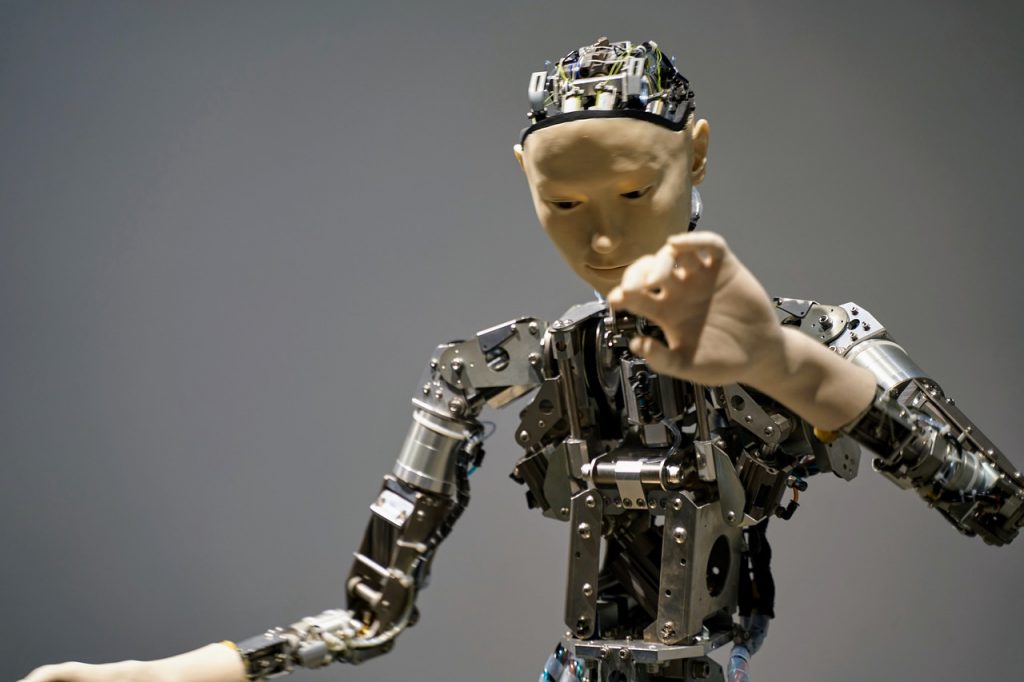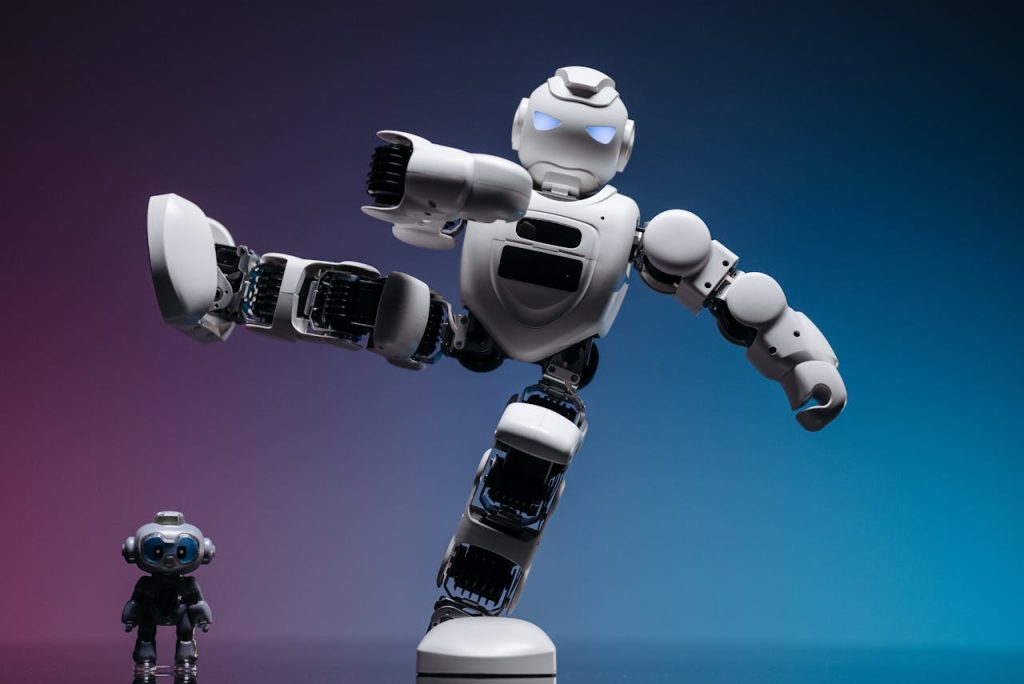Artificial Intelligence, often bandied about, is only sometimes fully grasped. It’s a domain within computer science dedicated to crafting programs that emulate...

Image Credits: pixabay
Artificial Intelligence, often bandied about, is only sometimes fully grasped. It’s a domain within computer science dedicated to crafting programs that emulate human-like thinking and task execution. Contrary to the flashy portrayals in sci-fi, AI is more about the science of data than fiction. Before diving into constructing an AI system, comprehending these three types is pivotal:
Let’s unravel these classifications before venturing further.
Artificial Narrow Intelligence (ANI), weak AI, is designed for tasks like language processing, chess manoeuvres, translation, facial recognition, and speech analysis. Although impressive, unlike their versatile sci-fi counterparts, these ANI systems specialize in only one task. Common instances include Alexa, Siri, and ChatGPT, everyday manifestations of Artificial Narrow Intelligence.
Artificial General Intelligence (AGI), also known as strong AI, aims to mimic human Intelligence across all tasks, a concept that exists more in theory than reality. Achieving human-like problem-solving capabilities remains unattained by any AI. Despite ongoing efforts by data scientists and engineers, a genuine debate ensues among researchers regarding the feasibility of creating such software.
Artificial Superintelligence (ASI), a step beyond Artificial General Intelligence, surpasses human Intelligence in all realms, a popular science-fiction theme. Nevertheless, attaining general Intelligence alone poses immense challenges, leaping to superintelligence beyond our current technical prowess.
Suggested:
What are the Types of Artificial Intelligence?

Constructing an AI tool involves a structured sequence of steps forming the entire process’s backbone. Let’s look at each fundamental step that paves the way to crafting your AI system.
Initiate the journey by zeroing in on a specific problem or task your AI software will address. This initial stage sets the tone for the entire AI development process. For instance, models like ChatGPT excel in content creation, while DALL·E specializes in generating unique image content. Defining a practical task is crucial, especially considering the theoretical nature of general and superintelligence in AI.
After honing in on the problem, the following stride involves collecting training data. However, it’s not just about accumulation; the focus shifts to meticulously cleaning and processing this data. It is imperative to improve its quality through robust cleaning processes for practical AI system training.
The choice of a programming language for AI should align with the objectives and functionalities you envision. Among the options, languages like C++, Python, Java, and R stand out for their reliability and versatility across diverse AI tasks. Each language brings unique strengths, catering to various AI needs.
Opting for a development framework platform is critical in streamlining the AI model creation process. Scikit, PyTorch, or TensorFlow offer a structured approach that simplifies AI model design, writing, and training phases. These platforms provide templates and comprehensive guides for constructing neural networks and predictive models, making the development journey more navigable.
Algorithms form the bedrock of AI tools, serving as essential mathematical instructions that guide their functioning. Crafting these algorithms requires specialized expertise in data science or the proficiency of experienced software developers well-versed in machine learning (ML) models and algorithms. This stage demands precision and thorough understanding to design algorithms that align with the AI’s intended purpose.
Training the algorithms using the amassed data is the cornerstone of ensuring accuracy in AI models. This phase involves not only the initial training but also fine-tuning and adjustments. Additional data might be necessary to bolster the model’s precision and efficiency. This iterative process is pivotal for refining the AI tool to meet the desired benchmarks.
Upon constructing and training the model, the next pivotal step is its implementation and performance monitoring. Vigilant monitoring ensures that the model aligns with the expected outcomes. Regular evaluation helps identify areas of improvement and might necessitate additional training sessions to fine-tune the model for optimal performance.
Each step in constructing an AI tool is a building block contributing to the comprehensive development of a functional and efficient AI system. These essential steps lay the groundwork for businesses venturing into AI, ensuring a structured and strategic approach to crafting their AI solutions.
Constructing an AI system entails a complex process. Developing and training algorithms necessitate expertise in data science or a proficient team. Seeking assistance from specialized AI and Machine Learning developers, like Tricky Enough, could greatly benefit your organization’s AI endeavours.
Recommended:
The Best AI Tools You Can Use To Boost Your Productivity.
What are the most Accurate AI detection tools?